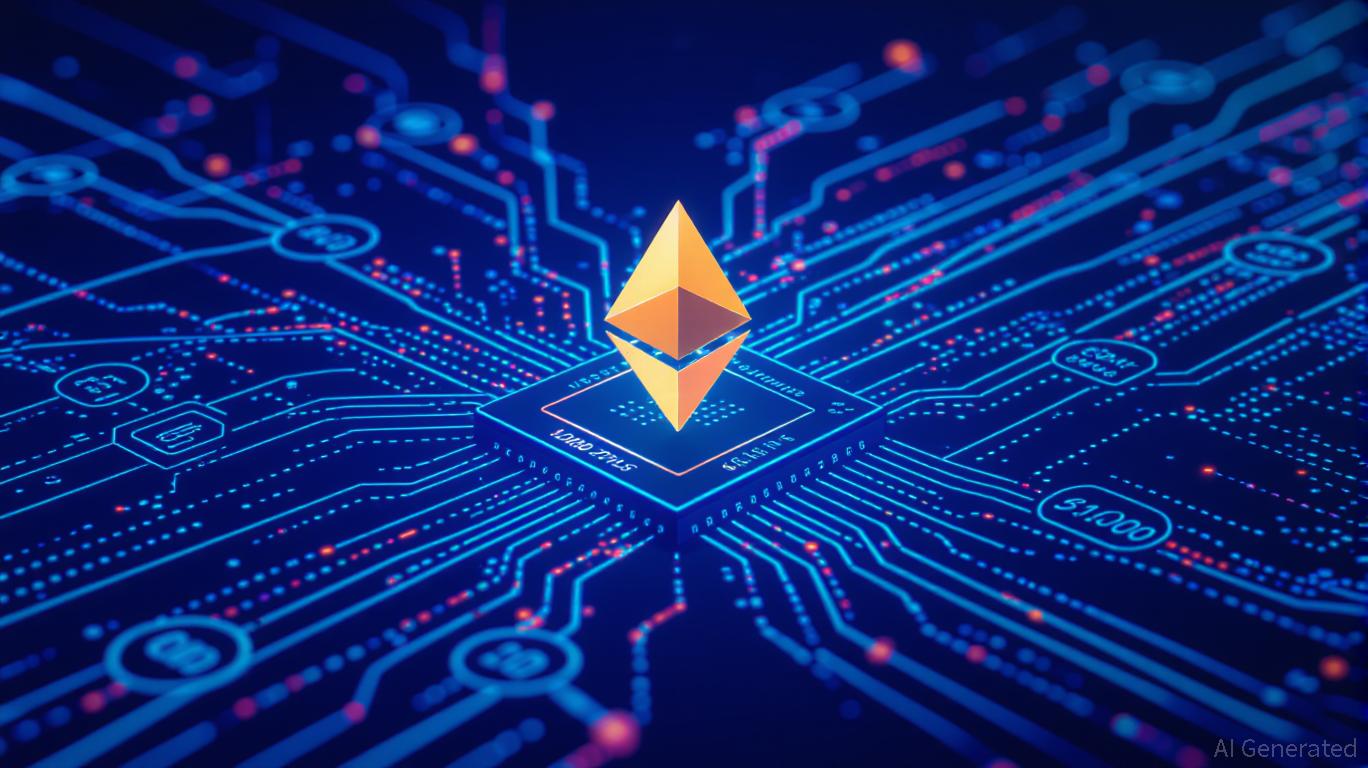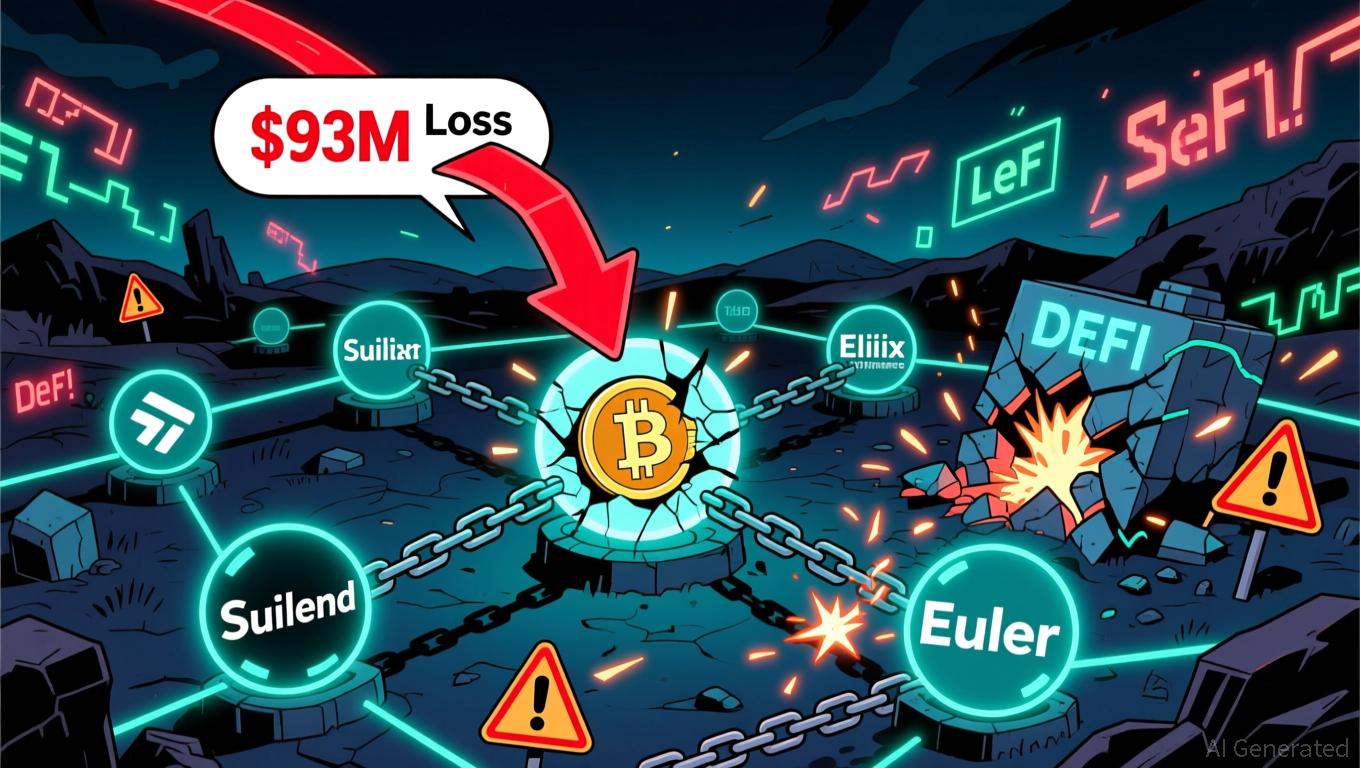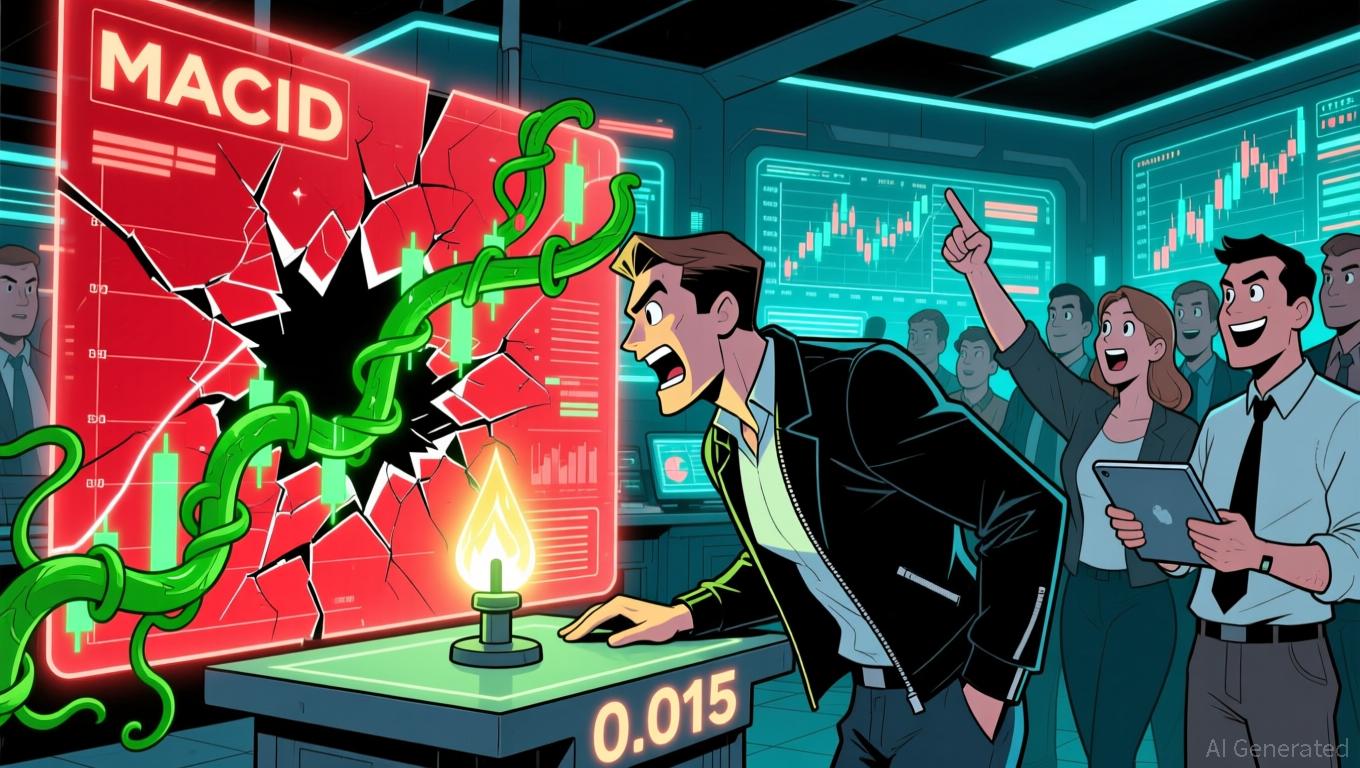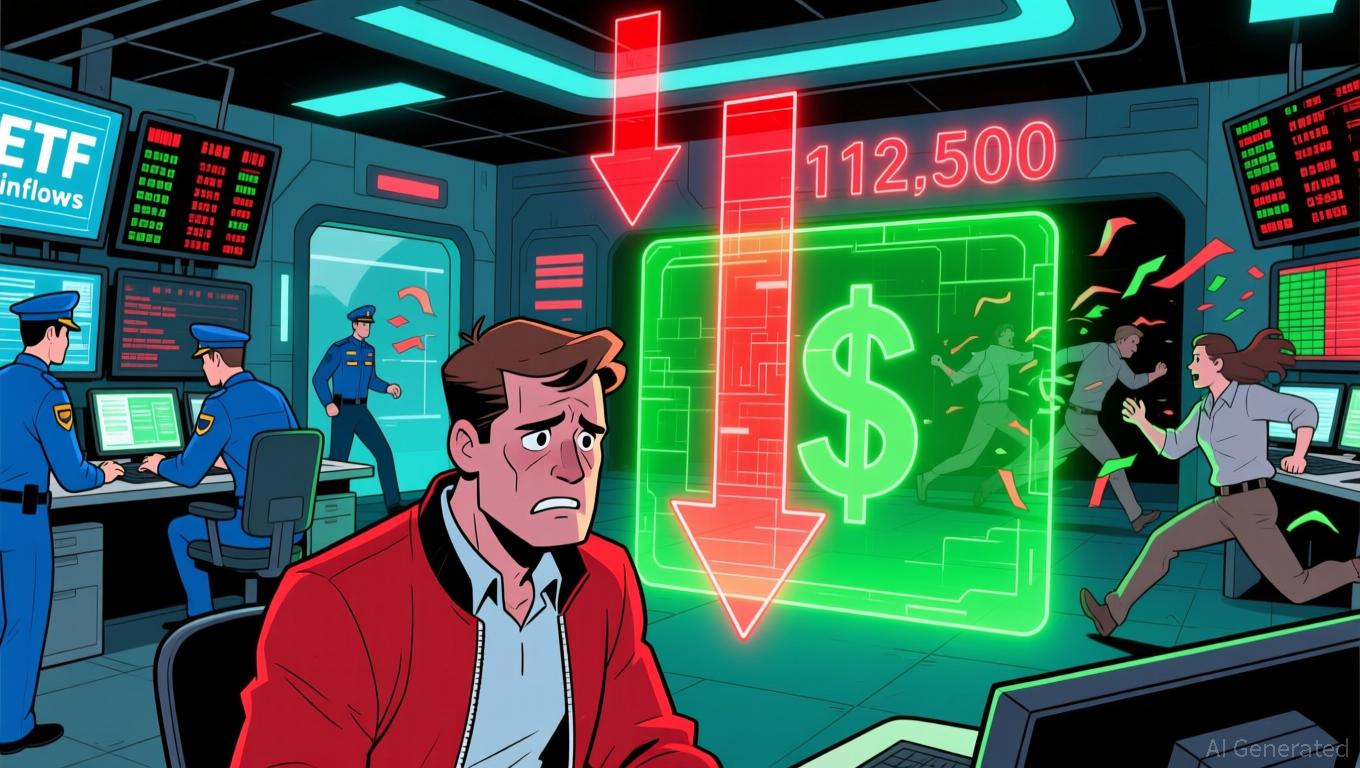Vitalik Buterin Backs ZKsync: Driving Layer 2 Expansion and Unlocking Investment Opportunities
- Vitalik Buterin's endorsement of ZKsync's Atlas upgrade validates its technical innovation, boosting institutional interest and investor confidence. - The upgrade enables direct Ethereum liquidity access, achieving 15,000+ TPS and near-zero fees, positioning ZKsync as a key Layer 2 infrastructure. - Buterin's backing triggered a 120% token price surge and $600M market cap, highlighting its potential to dominate Ethereum's scaling solutions. - ZKsync's tokenomics overhaul prioritizes buybacks and staking
The recent show of support for
Technical Innovations: Atlas Upgrade Transforms Ethereum Liquidity
Launched in late October 2025, ZKsync’s Atlas upgrade marks a significant leap in blockchain capabilities. By allowing Layer 2 chains to tap directly into Ethereum’s liquidity, the upgrade does away with fragmented liquidity pools, making cross-chain operations more efficient and reducing capital waste, according to the
This advancement supports Ethereum’s broader ambition to serve as a real-time liquidity center. According to Alex Gluchowski, ZKsync’s founder, the upgrade’s enterprise-level scalability and interoperability address major challenges in decentralized finance (DeFi) and business adoption, as highlighted in a

Market Impact: Buterin’s Support Triggers 120% Price Rally
Buterin’s backing led to a swift and notable reaction in the market. ZKsync’s token value soared by 120% within two days, peaking at $0.74 by the end of October 2025, based on a
This price movement demonstrates growing investor confidence in ZKsync’s potential to secure a substantial portion of Ethereum’s Layer 2 ecosystem. Although the token later corrected to $0.051, technical signals such as the Aroon and RSI indicate a possible recovery to $0.085, fueled by ongoing demand for scalable solutions, according to the
Tokenomics Overhaul: Evolving from Governance to Value-Driven Asset
Alongside these technical strides, ZKsync’s founder has suggested a major revamp of the
This change reflects the successful tokenomics seen in projects like
Adoption Trends: Growth and Ongoing Challenges
Despite ZKsync’s impressive technical and economic advancements, adoption figures show a mixed picture. The number of daily active addresses rose by 26% in the month after Buterin’s endorsement, yet remains modest at 10,400, according to a
The introduction of Prividium, a private Layer 2 network designed for institutions, has further accelerated adoption. More than 30 leading organizations, including Citi and Mastercard, have already adopted the platform, indicating ZKsync’s potential to connect traditional finance with blockchain technology, as detailed in a
Summary: The Power of Architect Endorsement in Driving Adoption
Vitalik Buterin’s support for ZKsync illustrates the significant impact that validation from leading crypto figures can have on real-world adoption and investment. By endorsing ZKsync’s technical strengths and economic framework, Buterin has not only enhanced the project’s reputation but also underscored its importance in Ethereum’s roadmap. As Layer 2 solutions become ever more vital for Ethereum’s scalability and integration of real-world assets, platforms like ZKsync—backed by both innovation and influential leaders—are well-positioned to lead the market.
For investors, the blend of robust infrastructure, deflationary tokenomics, and strategic alliances makes ZKsync a standout example of how recognition from top industry minds can drive substantial value creation.
Disclaimer: The content of this article solely reflects the author's opinion and does not represent the platform in any capacity. This article is not intended to serve as a reference for making investment decisions.
You may also like
"Study Reveals 25% of Polymarket's Trading Volume is Artificial Due to Ghost Trades"
- Columbia University study reveals 25% of Polymarket's trading volume may involve wash trading, where users self-trade to inflate activity. - Sports and election markets showed highest manipulation rates (45% and 17% fake volume), peaking at 95% in election markets in March 2025. - Platform's lack of transaction fees and pseudonymous wallets enabled manipulation, despite CFTC regulatory actions since 2022. - Researchers urge Polymarket to adopt their detection methods to exclude fraudulent wallets and res

DeFi's Inherent Risks Prompt a Governance Overhaul
- Curve community proposes halting CRV token emissions to Elixir pools amid deUSD collapse linked to Stream Finance's $93M loss. - Elixir's synthetic stablecoin lost 98% value after 65% collateral tied to Stream's devalued xUSD, triggering liquidity freezes and legal disputes. - DeFi platforms like Suilend and Euler forced debt repayments while Stream's 90% deUSD control blocks resolution, exposing systemic governance flaws. - Industry warns interconnected stablecoins and opaque fund managers pose $3.1B an

PENGU's $0.015 Level Ignites Recovery Optimism Despite Persistent Derivatives Short Pressure
- Pudgy Penguins (PENGU) token fell 22% to $0.01589 amid altcoin weakness but shows potential rebound near $0.015 support level via TD Sequential buy signals. - Derivatives data reveals $7.68M in short positions at $0.01579, yet improving volume delta (-$64M) and MACD green signals suggest waning bearish momentum. - Long-term fundamentals remain bearish with CoinCodex predicting 25% decline to $0.01193 by December 2025, while TD Bank's branch closures highlight shifting financial sector dynamics. - Institu

Bitcoin Updates: Institutional ETF Drive Challenges Bitcoin’s $112,000 Barrier
- Bitcoin fell below $100,000 for first time in three months amid $1T market losses and 339,448 trader liquidations, as BlackRock's ETF inflows dropped 90%. - Institutional moves like BlackRock's $213M BTC transfer to Coinbase and JPMorgan's 64% IBIT holdings increase highlight ongoing crypto exposure despite volatility. - ETFs remain resilient with BlackRock's U.S. iShares Bitcoin Trust attracting $205B in Q3 2025 inflows and Grayscale's Mini Trust seeing 15% asset growth. - Analysts warn $100,000 support
